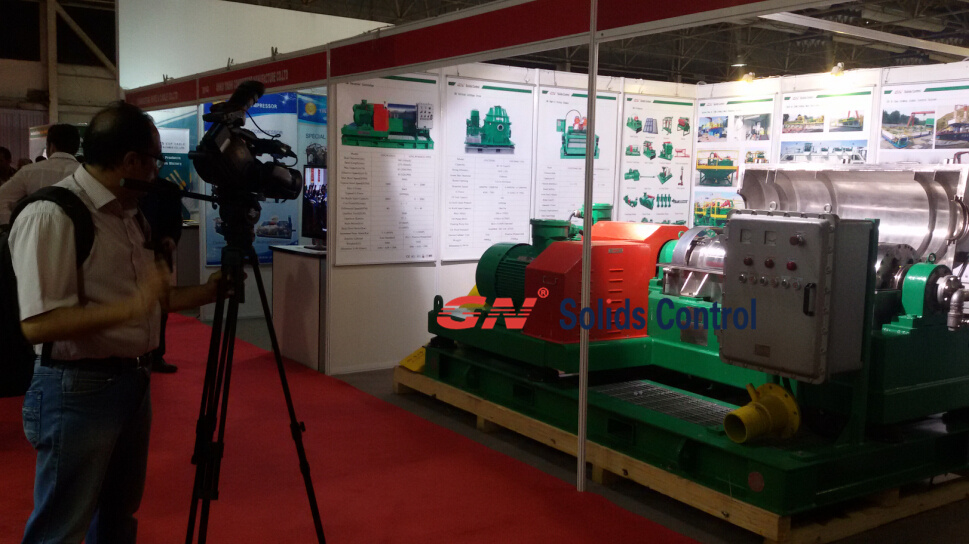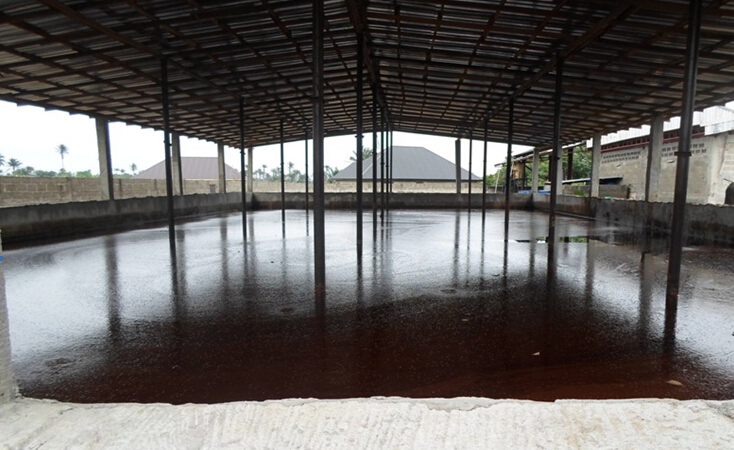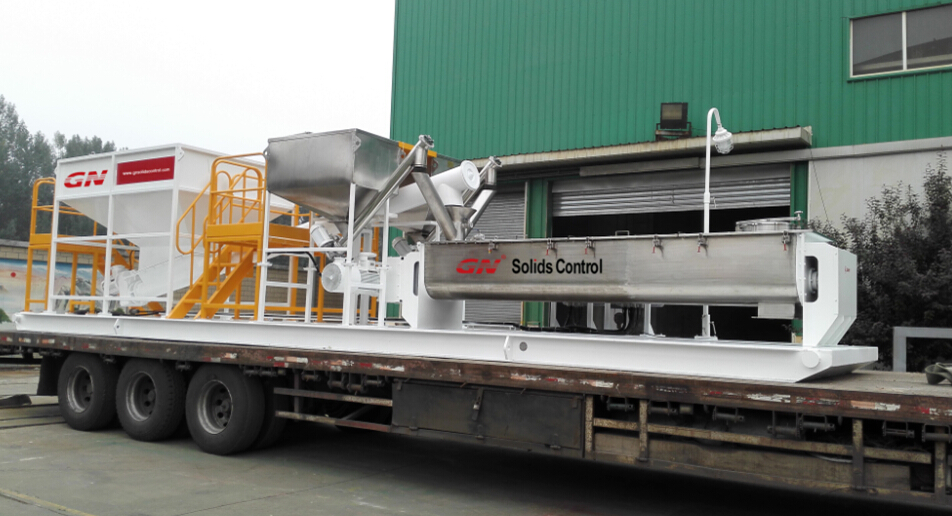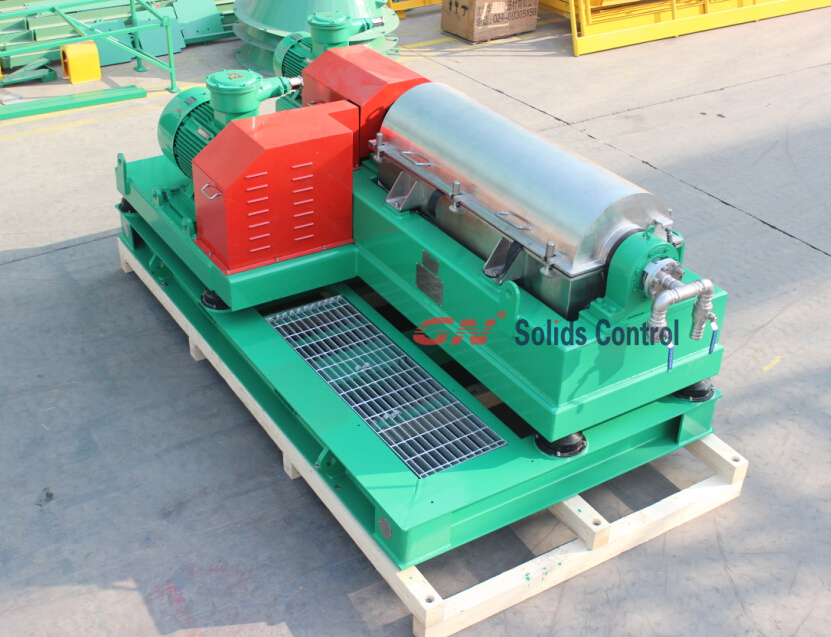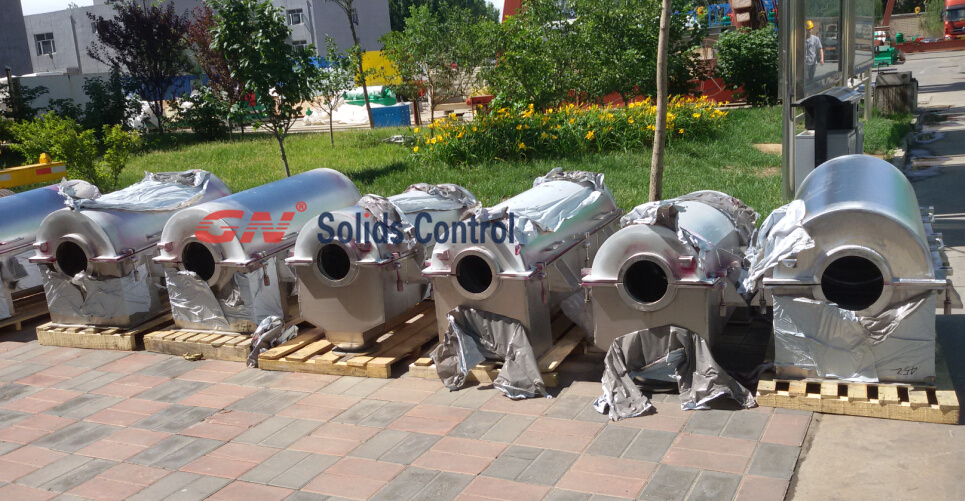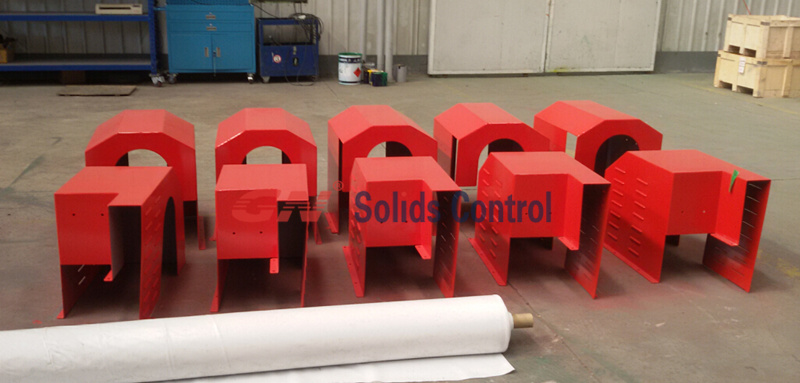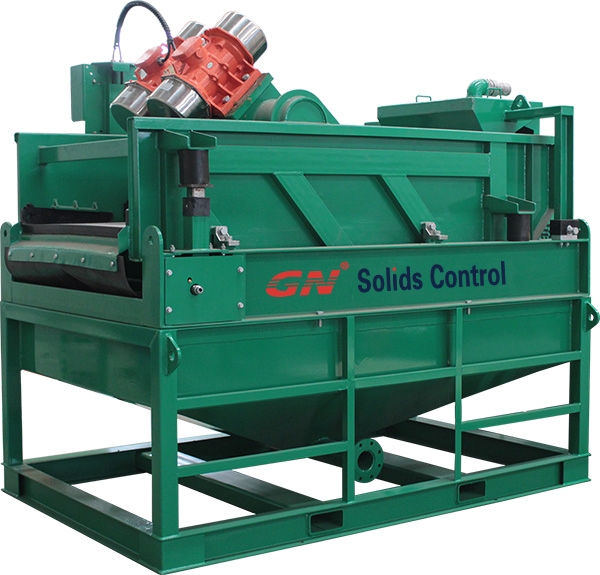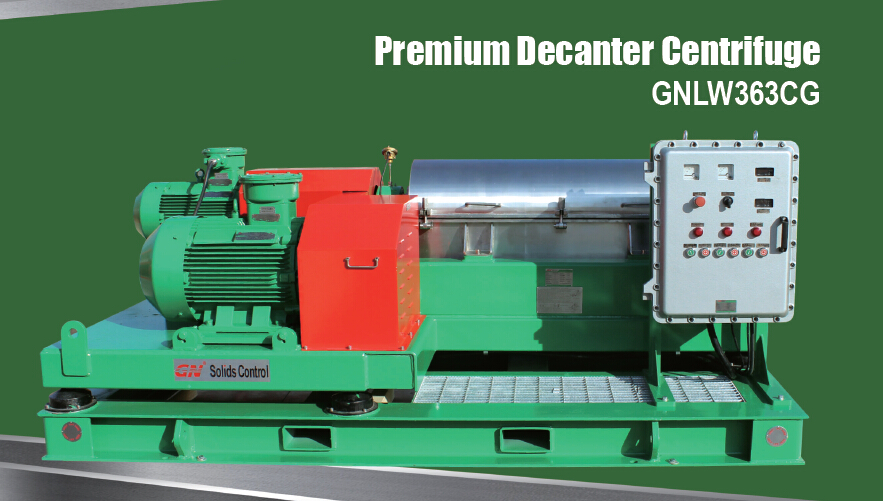Solidification and stabilization are separate treatment techniques with similar goals. Solidification of wastes involves the production of a solid mass having sufficiently high structural integrity to allow transport and/or disposal of the solid without requiring secondary containment, i.e. mixing of sludge with shredded paper, sawdust, etc.
This technique converts hydrologic sensitive liquid and semi-liquids waste in a physical form that can be stored safely and conveniently. Stabilization, however, involves the immobilization of constituents in wastes by chemical alteration to form insoluble compounds, or by entrapment within the solidified product. The Stabilization/Solidification systems provide an effective method for processing oil-base waste producing an environmentally safe, dry material that is acceptable for onsite burial, land farming or disposal at an approved waste facility. The most commonly used industrial systems are lime based, cement based, silicates based, clay based, pozolanic and thermoplastic.
Both Stabilization and solidification are classified as fixation processes applied to oil waste when the main purpose is to immobilize, isolate, or in some other way contain the contaminant from solids or semisolids waste.
In both cases the target is:
- 1. Improve the handling and physical characteristics of the waste
- 2. Reduce the surface area available for transferring or losing the contaminant and restricting the fluid mobilization through the total volume of hard matrix
- 3. Reduce the contaminant’s solubility into the waste volume
 Continue reading →
Continue reading →

